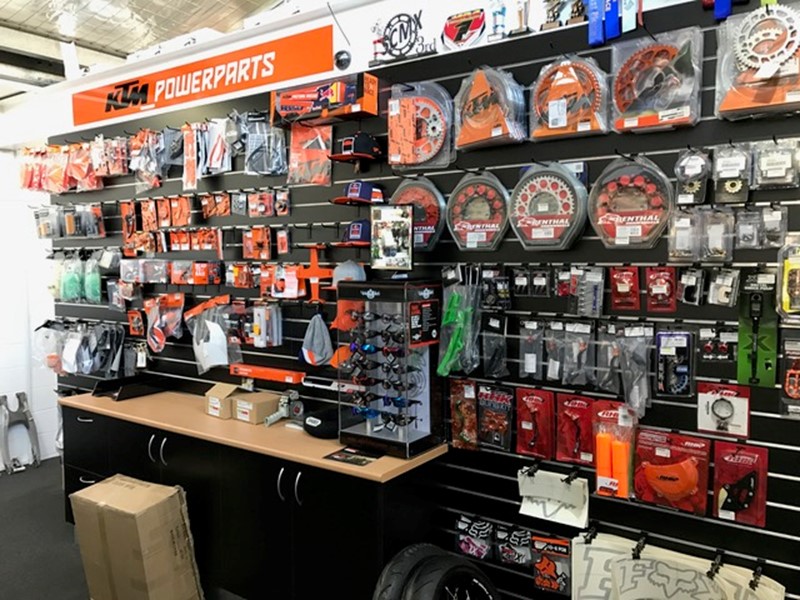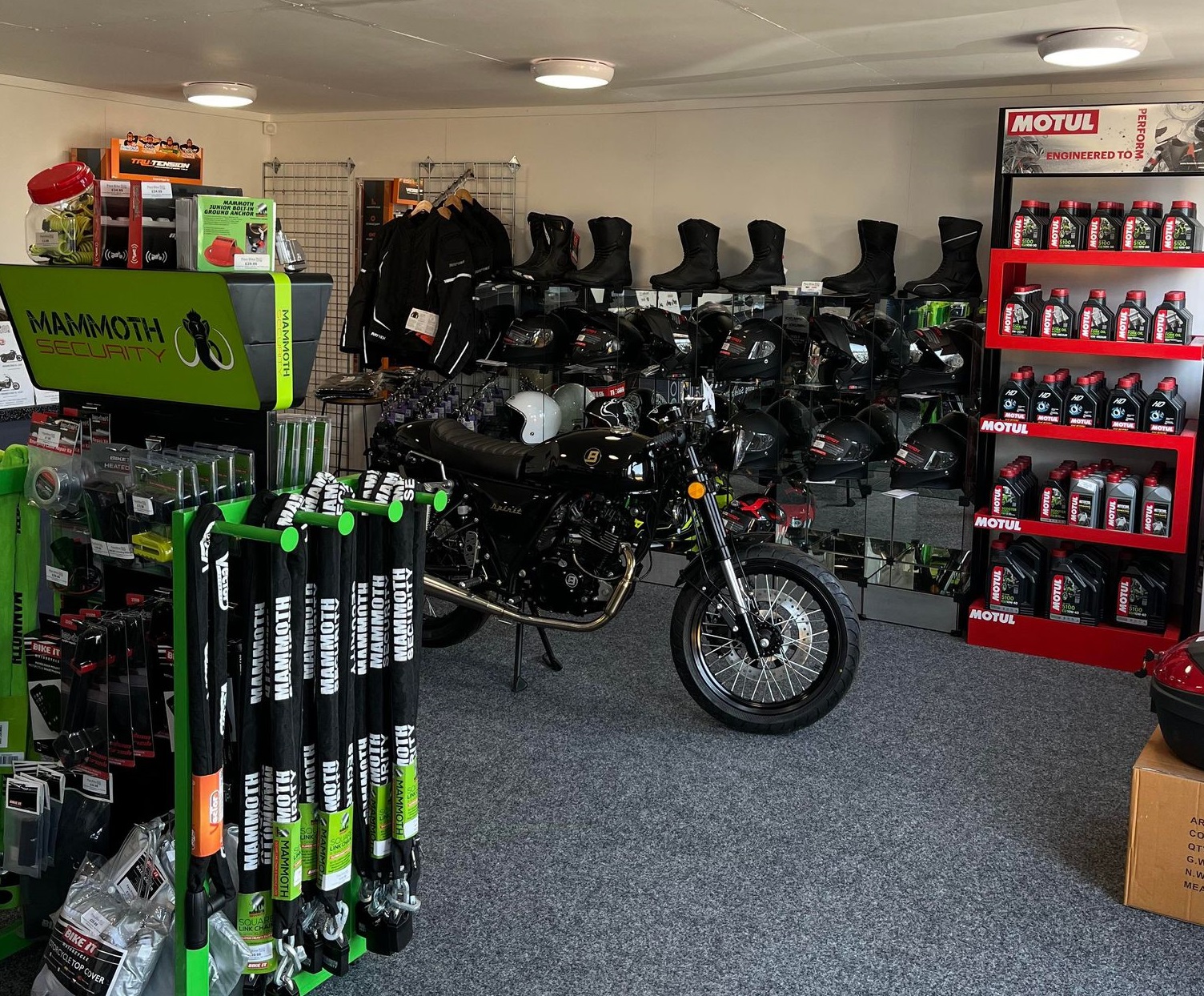Recognizing the Important Parts of a Bike: A Comprehensive Guide for Fanatics
For motorcycle lovers aiming to boost their riding experience and ensure their bikes run smoothly, comprehending the essential elements of a bike is paramount. Each aspect, from the engine's detailed operations to the important duty of the stopping devices, not only affects performance however additionally safety and comfort. This guide will stroll via the basic parts that every rider need to know with, enabling informed selections in both maintenance and potential upgrades. As we begin this exploration, one must ask: exactly how does each element engage to produce the smooth adventure every fanatic looks for?
Engine Components

The camshaft plays a critical role in regulating the timing of the engine's shutoffs, ensuring the precise opening and closing needed for reliable fuel and air consumption, as well as exhaust expulsion. This timing is essential to keeping optimal engine performance and effectiveness. Additionally, the carburetor or fuel injection system, relying on the motorbike version, is accountable for mixing air with fuel in the proper proportion for burning.
The air conditioning system, either air or liquid-based, works to keep the engine's temperature level within operational limitations, stopping getting too hot and guaranteeing long life - motorbike shop. Each element, thoroughly developed and integrated, adds to the seamless procedure of the engine, specifying the motorbike's power outcome and overall efficiency
Transmission System
Indispensable to the motorcycle's functionality, the transmission system ensures reliable power transfer from the engine to the wheels. This system comprises several essential elements, consisting of the clutch, transmission, and final drive, each playing a crucial role in equating the engine's power right into activity. The clutch, usually run by a hand bar, offers to engage and disengage the engine from the transmission, enabling smooth gear changes and controlled velocity.
The transmission, often described as the transmission appropriate, has a set of equipments that motorcyclists can by hand move via to readjust the bike's rate and torque outcome. These gears are organized in a sequence that makes it possible for the motorcycle to accelerate smoothly and maintain optimal engine efficiency across numerous rates. The majority of motorcycles utilize a sequential transmission, requiring the cyclist to change gears in a fixed order.
Braking Systems
While recognizing the transmission system is key to using a motorcycle's power, equally vital is the ability to control and stop that power efficiently, which is where stopping systems enter into play. Brakes are vital for safety and performance, offering the cyclist with the essential control to navigate different terrains and problems. Commonly, bikes feature 2 kinds of stopping systems: disc brakes and drum brakes.
Disc brakes are much more widespread in modern motorcycles due to their superior performance. They contain a brake disc, caliper, and pads. When activated, the caliper presses the brake pads against the rotating disc, converting kinetic power right into warmth, thus slowing the wheel. This system supplies better heat dissipation, consistent efficiency, and enhanced stopping power, especially in damp problems.
Alternatively, drum see here now brakes, though less typical, are still found in some bikes. They work by pressing brake footwear versus the inner surface of a drum affixed to the wheel. While usually much less effective in warm dissipation and quiting power, drum brakes are easier and a lot more cost-efficient.
Recognizing these stopping systems' subtleties enables riders to preserve their bikes correctly and value the engineering that guarantees safe and effective quiting.
Suspension and Guiding
Suspension and steering systems are important components that dramatically affect a motorcycle's handling and experience convenience. The suspension system, consisting of forks at the front and shock absorbers at the back, soaks up road irregularities, enhancing stability and control. Front forks, usually telescopic or inverted, compress and rebound to reduce impacts, while rear shock absorbers maintain tire call with the roadway, critical for traction and safety.
Steering, centered around the handlebars, attaches the rider to the bike's directional control. The guiding head bearings make certain smooth procedure, permitting accurate ability to move. Correct positioning and maintenance of these bearings are vital for foreseeable guiding reaction and minimizing cyclist fatigue.
The suspension's adjustability is one more vital element; preload, damping, and rebound setups allow modification to match numerous riding styles and problems. This adaptability is necessary for optimizing performance, whether browsing urban roads or tackling sturdy tracks. Developments like electronic shock absorber offer real-time modifications, boosting adventure quality throughout diverse surfaces.

Electrical Systems
After making certain a regulated and my sources smooth ride with effective suspension and steering systems, focus turns to the electric systems, an essential aspect of modern bikes. These systems play a critical duty not just in beginning the engine but additionally in powering numerous components that enhance the performance and safety and security of the motorcycle.
At the heart of a motorbike's electrical system is the battery, which stores electrical power needed for starting the engine and powering supporting systems - motorcycle parts nz. The generator or generator, paired with the rectifier-regulator, guarantees the battery stays charged while the motorbike functions, transforming mechanical energy into electric power and keeping voltage levels
The ignition system, another vital element, is liable for firing up the air-fuel combination in the engine's cylinders. Modern motorbikes commonly utilize a digital ignition system, offering better performance and dependability contrasted to traditional systems.
Illumination systems, consisting of fronts lights, tail lights, and indications, are additionally essential, ensuring presence and safety and security for the biker. Extra electronic components such as sensing units, control systems, and shows contribute to sophisticated functions like fuel injection monitoring, anti-lock stopping systems (ABDOMINAL), and digital control panels, additionally improving the riding experience.
Verdict
A thorough understanding of a motorcycle's crucial components, consisting of the engine, transmission system, braking devices, suspension, steering, and electric systems, is essential for lovers aiming to maximize comfort, safety, and performance. Proficiency of these elements permits informed choices regarding maintenance and upgrades, inevitably enhancing the riding experience. By incorporating this expertise, bikers can guarantee their motorcycles run at peak efficiency and dependability, consequently making the most of both satisfaction and durability of their automobiles.
For bike lovers looking to elevate their riding experience and ensure their bikes run efficiently, recognizing the vital parts of a motorbike is extremely important.Essential to the motorcycle's functionality, the transmission system makes sure efficient power transfer from the engine to the wheels.While recognizing the transmission system is vital to using a motorbike's power, just as crucial is the capacity to manage and quit that power successfully, which is Read More Here where braking systems come into play. Commonly, motorbikes feature 2 types of braking systems: disc brakes and drum brakes.
A detailed understanding of a motorcycle's important elements, consisting of the engine, transmission system, stopping mechanisms, suspension, steering, and electrical systems, is important for lovers intending to optimize efficiency, comfort, and safety.